Hulk Hogan Racist Scandal Exposed WWE’s Dark Secrets
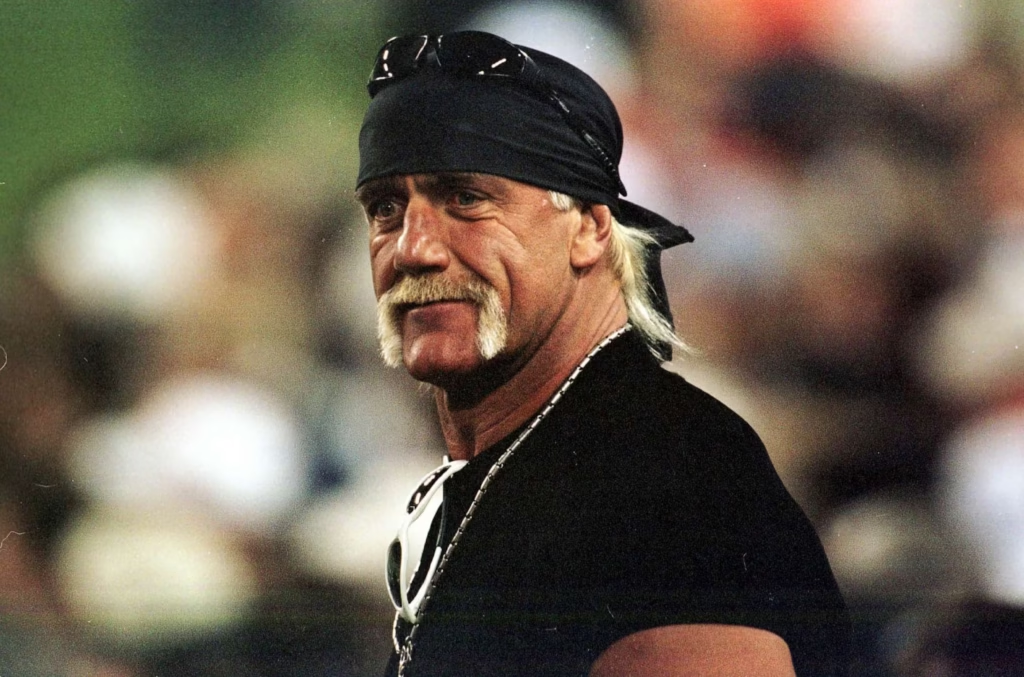
For decades, Hulk Hogan stood as the golden face of professional wrestling. He was a larger-than-life hero. Additionally, he told millions of “little Hulkamaniacs” to train hard, say their prayers, and eat their vitamins.
However, in July 2015, that carefully crafted image came crashing down when the Hulk Hogan racist scandal broke. The controversy revealed shocking truths, exposing not only one man’s racist views but also a much darker pattern of racial problems that has plagued WWE throughout its history.
The 2015 Scandal That Destroyed an Icon
The Hulk Hogan racist scandal began with a sex tape from 2007. Eventually, this tape would destroy Gawker Media. Moreover, it exposed Terry Bollea’s (Hogan’s real name) true character.
When leaked audio from that tape surfaced in July 2015, it revealed shocking content. Specifically, the recordings showed Hogan making racist remarks about his daughter’s dating life.
The recordings captured Hogan using the n-word multiple times. Additionally, he expressed disgust at the thought of his daughter being with a Black man. Importantly, this wasn’t a momentary lapse in judgment. Instead, the language revealed deeply rooted racist attitudes.
The wrestling world reacted with shock. This wasn’t just any wrestler—this was Hulk Hogan. He had headlined WrestleMania. Furthermore, he had been the face of WWE’s golden era. Most importantly, he represented American values to millions of fans worldwide.
WWE’s Swift Response
WWE responded to the Hulk Hogan racist scandal quickly and decisively. First, the company terminated Hogan’s contract immediately. Then, they removed virtually all references to him from their website and programming.
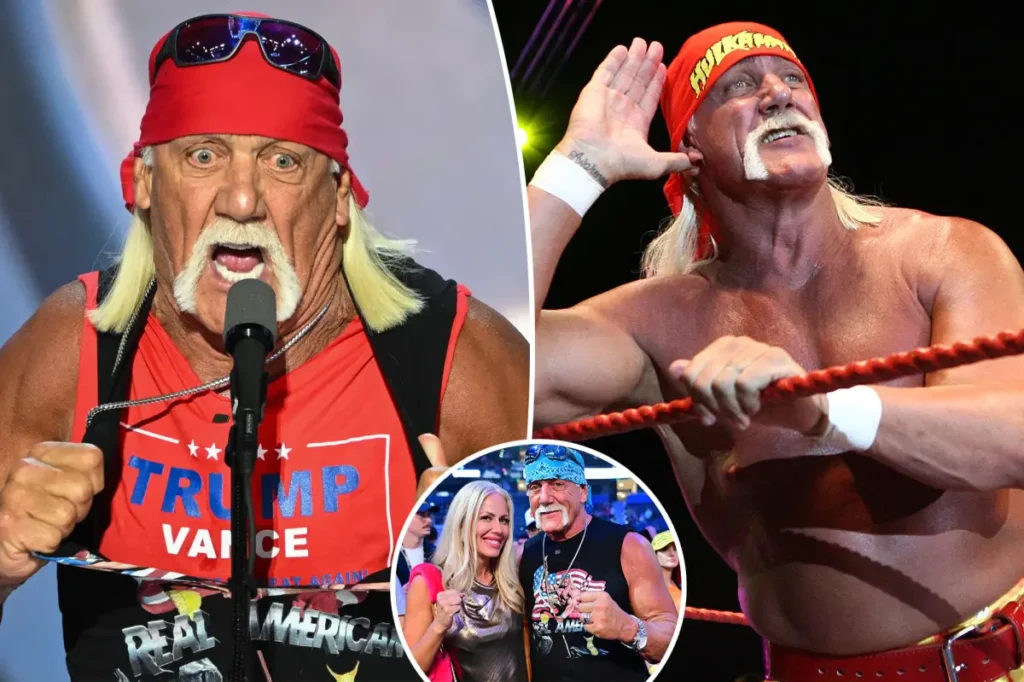
This was an unprecedented move. Consequently, it sent shockwaves through the wrestling community and beyond. For the first time in decades, WWE chose its reputation over one of its biggest stars.
A Pattern of Racist Behavior
Unfortunately, the 2007 sex tape wasn’t an isolated incident in the Hulk Hogan racist scandal. Additional recordings emerged from 2008 jailhouse phone calls between Terry Bollea and his son Nick, revealing more racially charged comments.
These conversations, originally released by the Pinellas County Sheriff’s Office, showed a pattern of racist thinking that extended well beyond a single moment of poor judgment.
Hogan’s eventual apology came through People magazine: “Eight years ago, I used offensive language during a conversation. It was unacceptable for me to have used that offensive language; there is no excuse for it; and I apologize for having done it. This not who I am.”
But for many fans, particularly Black wrestling enthusiasts who had grown up idolizing the Hulkster, the damage was irreparable. As one fan reflection noted, Hogan’s racist remarks “sent shockwaves through the wrestling community, and for many, it was the moment the illusion shattered.”
WWE’s Troubling History with Race
The Hulk Hogan racist scandal didn’t happen in isolation. It highlighted WWE’s long-standing issues with racial sensitivity that stretch back decades. The company has a documented WWE racism history that reveals a pattern of problematic decision-making at the highest levels.
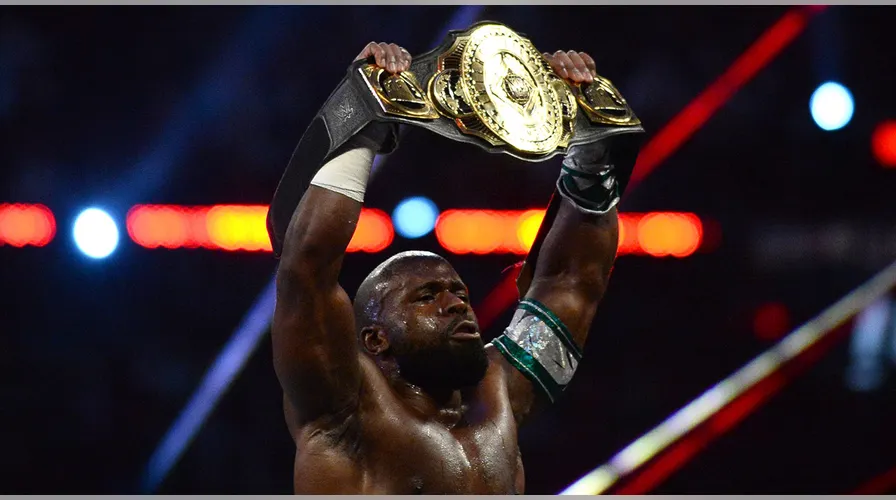
The Era of Racist Characters
Throughout the 1980s and 1990s, WWE (then WWF) regularly featured offensive characters. Specifically, these characters were little more than racist caricatures:
Kamala “The Ugandan Giant” was perhaps the most problematic character in WWE racism history. James Harris, an African American wrestler from Mississippi, portrayed this character. However, WWE presented Kamala as a savage, cannibalistic African tribesman.
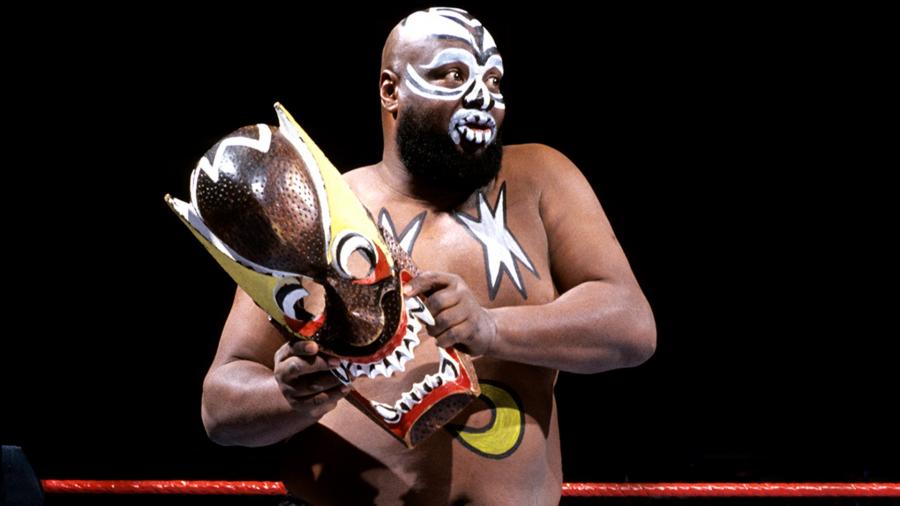
The character featured face paint, leopard-print attire, and grunting, inhuman mannerisms. Additionally, Kamala “often appeared alongside his” handler. Consequently, WWE treated him as a wild animal rather than a human being.
Akeem “The African Dream” saw WWE transform George Gray into a controversial character. George Gray was a white wrestler known as “The One Man Gang.” Then, WWE created a character who claimed to have discovered his “African roots.” The transformation was completed with stereotypical African-inspired attire and mannerisms. As a result, many viewed this as a mockery of African culture.
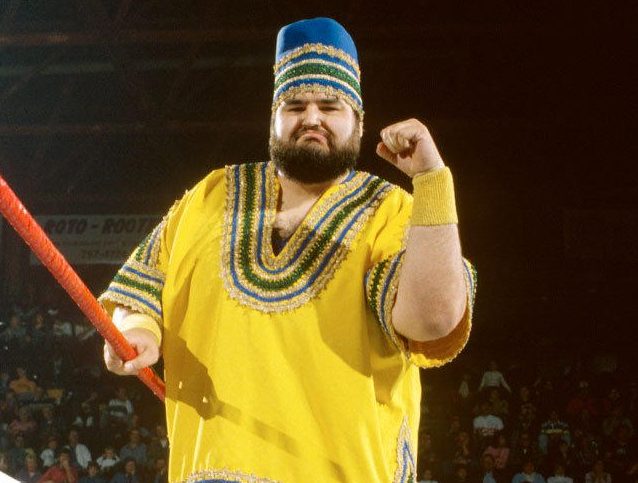
Modern Controversies in WWE Racism History
Even in more recent years, WWE has struggled with racial sensitivity:
Muhammad Hassan became one of the most controversial characters in WWE racism history. He debuted in 2004. Mark Copani, an Italian-American wrestler, portrayed Hassan. WWE presented him as an Arab-American who complained about post-9/11 discrimination.
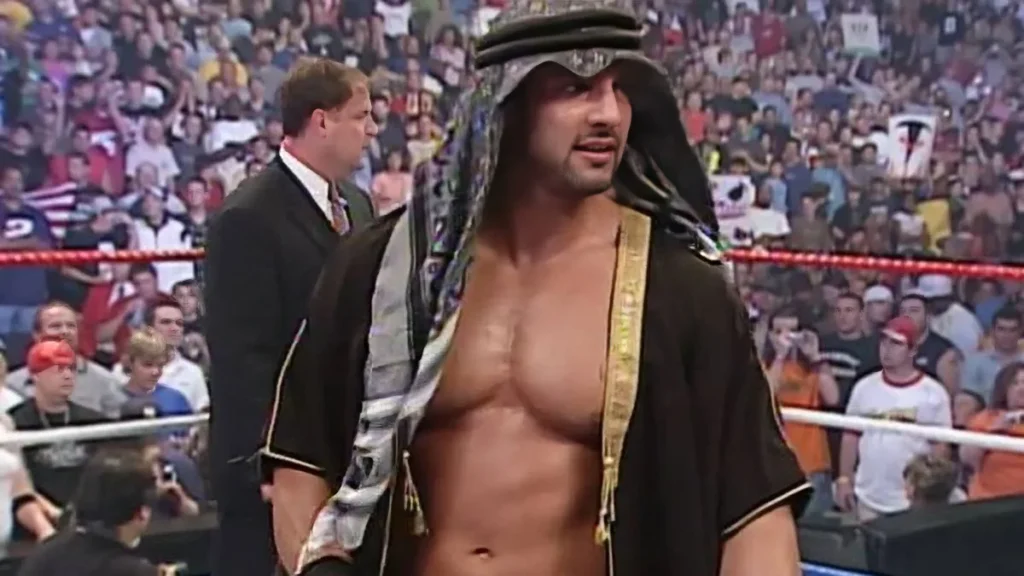
Initially, the character’s message about racial profiling had merit. However, WWE’s handling quickly turned into harmful stereotypes.
The controversy reached its peak with Hassan’s storyline. It featured “masked men attack The Undertaker and choke him out with piano wire.” Meanwhile, “Daivari, Hassan’s manager, was carried off like a sacrifice.”
Tragically, this segment aired on the same day as the London terrorist attacks in July 2005. This timing led to massive backlash. Consequently, WWE quickly removed Hassan from television.
Cryme Tyme represented WWE’s tone-deaf approach to Black culture in the 2000s. The tag team consisted of JTG and Shad Gaspard. Clearly, WWE designed them as “a parody of ‘gangsta culture.'” They featured stereotypical mannerisms and segments. Moreover, these segments played into harmful racial tropes.
A particularly cringe-worthy segment happened at SummerSlam 2007. This segment epitomized how WWE used these wrestlers to mock rather than celebrate Black culture.
Behind-the-Scenes Corporate Racism
The problems in WWE racism history extended beyond on-screen characters. In 2008, WWE suspended executive Michael Hayes. Allegedly, he told African American wrestler Mark Henry, “I’m more of a nigger than you are.”
Additionally, people reportedly credited Hayes with a racist notion. This notion stated that “black wrestlers don’t need gimmicks because being black is their gimmick.”
These incidents reveal a systemic issue within WWE’s corporate culture. This issue goes far beyond individual problems like the Hulk Hogan racist scandal. Furthermore, the company’s history suggests a pattern of decision-making. This pattern either ignored or actively exploited racial stereotypes for entertainment value.
Impact on Wrestling Fans and Culture
For Black wrestling fans, the Hulk Hogan racist scandal and broader WWE racism history have been particularly painful. Many grew up watching and idolizing characters like Hogan. Later, they discovered that their heroes harbored racist views.
The impact extends beyond hurt feelings. Instead, it represents a fundamental betrayal of trust between the wrestling industry and its diverse fanbase. Wrestling has always positioned itself as an inclusive entertainment form. Specifically, it claimed that larger-than-life characters from all backgrounds could achieve success and adoration.
However, the reality has often been far different.
Legal Consequences and Current Status
WWE’s racial problems have even resulted in legal action. The company has faced lawsuits related to their racist past. Additionally, “decades worth of awful tropes have been brought back to the spotlight.” Victims seek accountability for discriminatory treatment.
These legal challenges highlight an important point. Specifically, WWE racism history wasn’t just morally problematic. Moreover, it created actual harm for performers and employees. These people were subjected to discriminatory treatment. Furthermore, they were forced to portray demeaning characters.
The Road to Redemption?
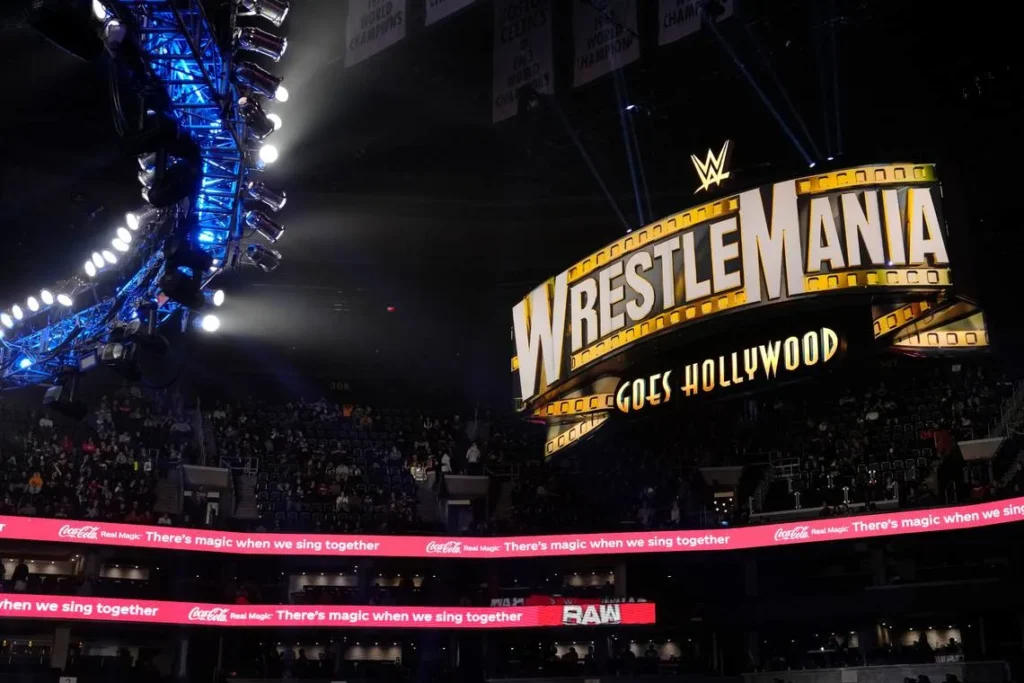
While WWE has made some efforts to address these issues in recent years—implementing diversity initiatives and featuring more diverse storylines—the company’s history continues to cast a long shadow.
The Hulk Hogan racist scandal served as a wake-up call that forced the wrestling world to confront uncomfortable truths about its past and present.
WWE’s statement following Hogan’s termination emphasized their commitment to “embracing and celebrating individuals from all backgrounds as demonstrated by the diversity of our employees, performers, and fans worldwide.”
However, critics argue that true change requires more than corporate statements—it demands a fundamental shift in how the company approaches race and representation.
Hogan’s Return
The Hulk Hogan racist scandal represents more than just one man’s failings, it exposed a corporate culture that had long tolerated, and sometimes actively promoted, racial insensitivity.
While Hogan was eventually reinstated to WWE’s Hall of Fame in 2018 following apologies and diversity training, the damage to his legacy and the questions raised about WWE’s commitment to racial equality persist.
The Final Chapter: Hulk Hogan’s Death and the End of an Era
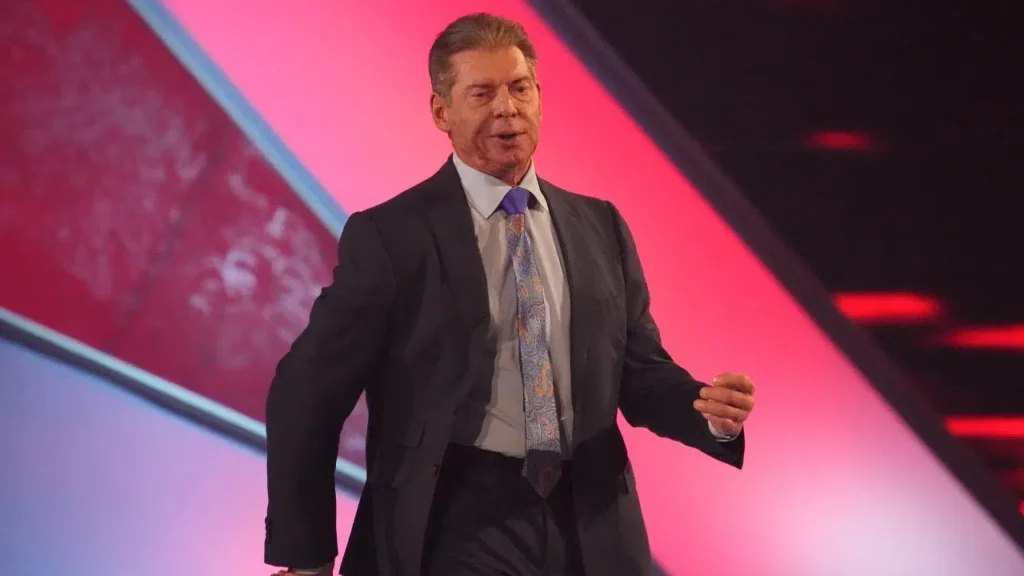
How Did Hulk Hogan Die? Wrestling Legend’s Cause of Death Revealed
Hulk Hogan, the iconic former WWE wrestler, died on July 24, 2025, after suffering cardiac arrest at his home in Clearwater, Florida. The 71-year-old wrestling legend’s sudden death has sent shockwaves through the sports entertainment world.
Hulk Hogan Death: The End of Wrestling’s Most Controversial Era
With Hulk Hogan’s death, wrestling lost its most controversial star. His legacy has two sides. First, he changed sports entertainment forever. Second, his 2015 racist scandal revealed ugly truths about WWE.
The timing feels symbolic: Hogan died on July 24th, exactly ten years after WWE terminated his contract following the racist audio leak. In death, he remained polarizing—beloved by some as wrestling’s greatest star, condemned by others as a symbol of the sport’s racist past.
For Black wrestling fans who felt betrayed by their childhood hero’s racist remarks, Hogan’s death brings complex emotions. The man who preached “train hard, say your prayers, and eat your vitamins” harbored views that contradicted everything he publicly represented.
Most importantly, Hogan’s death ensures the conversations sparked by his scandal won’t be forgotten. His story became a cautionary tale about the difference between the characters we create and who we truly are. His passing marks not just the loss of wrestling’s biggest star, but the final chapter in a scandal that changed sports entertainment forever.
The wrestling world can now move forward without the shadow of its most prominent controversial figure, hopefully building a more inclusive future worthy of the next generation’s admiration.
Frequently Asked Questions
What did Hulk Hogan say in the 2015 racist scandal?
In the Hulk Hogan racist scandal, leaked audio from a 2007 sex tape revealed Terry Bollea (Hulk Hogan) using the n-word multiple times and making racist comments about his daughter’s dating life. He expressed disgust at the thought of her being with a Black man.
When was Hulk Hogan fired from WWE?
WWE terminated Hulk Hogan’s contract on July 24, 2015, immediately after the racist audio from the Hulk Hogan racist scandal became public. The company also removed all references to him from their website and programming.
Is Hulk Hogan back in WWE?
Yes, Hulk Hogan was reinstated to the WWE Hall of Fame in 2018, three years after the Hulk Hogan racist scandal. His return followed apologies and diversity training, though many fans remain critical of his reinstatement.
How much did Hulk Hogan win in the Gawker lawsuit?
Hulk Hogan won $140 million in his lawsuit against Gawker Media for publishing excerpts from his sex tape. The lawsuit ultimately led to Gawker’s bankruptcy, though it also resulted in the Hulk Hogan racist scandal when the full audio was leaked.
What other WWE wrestlers have been involved in racist controversies?
WWE racism history includes numerous controversial characters and incidents, including Kamala “The Ugandan Giant,” Muhammad Hassan, Cryme Tyme, and executive Michael Hayes, who was suspended for making racist comments to wrestler Mark Henry.
How did WWE fans react to the Hulk Hogan racist scandal?
Fan reactions to the Hulk Hogan racist scandal were mixed. Many Black wrestling fans felt betrayed by their childhood hero, while others argued for forgiveness. The incident sparked broader discussions about WWE racism history and the need for change in wrestling culture.

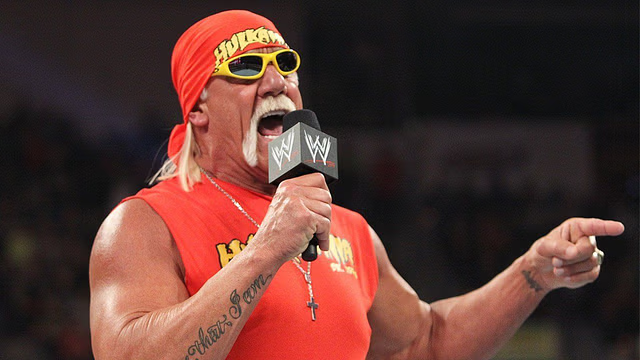
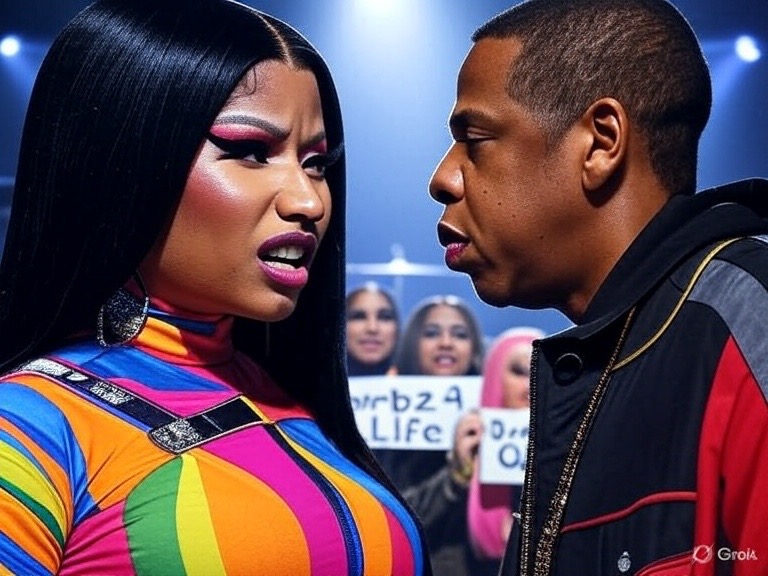
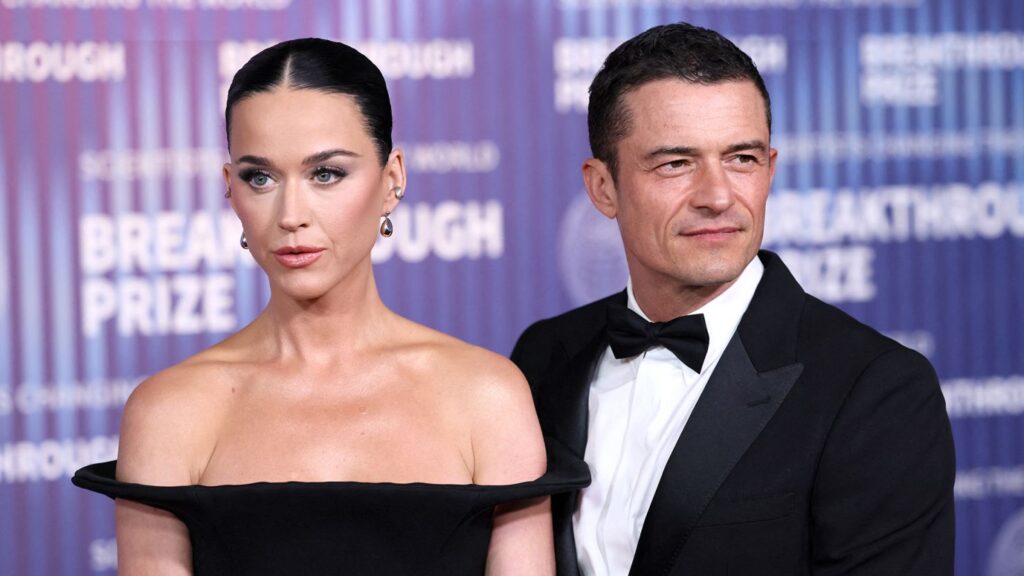
Pingback: Matt Rife Buys Haunted Museum, Now Owns Annabelle Doll